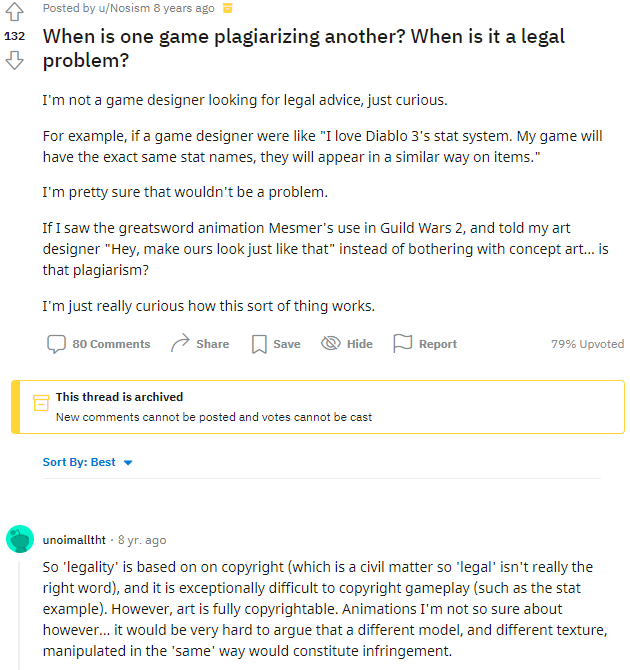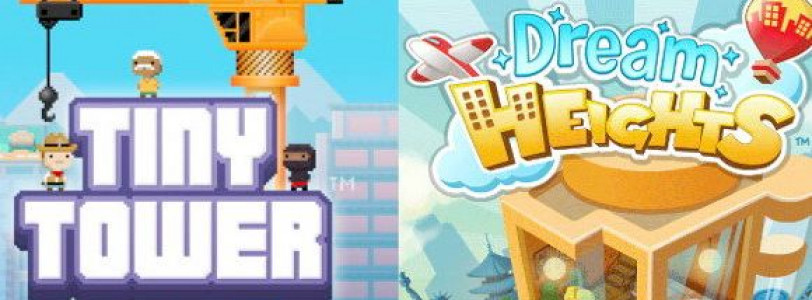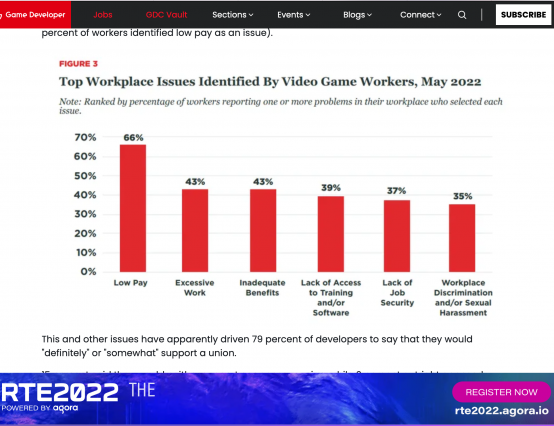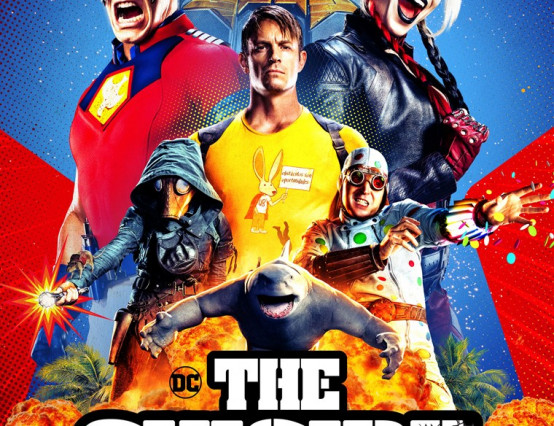Many games have been subjected to plagiarism one way or another. Nothing is original and many ideas have been rinsed throughout the creation of games. One problem that is very common is Plagiarism. Plagiarism is presenting someone else's work as your own. This is a massive problem as many companies can lose profits for their game especially from indie companies that can use the income to make more high quality games. I think this issue has been amplified in the mobile games industry because I have seen many games that rip off huge popular games that had massive success with varying quality.
History of Plagiarism
In the 70’s and 80’s when video games became a growing industry, many games were copies of each other due to the copyright law that did not integrate computer software until 1974. The copyright law allows owners to claim their work as theirs so it allows artists to gain a percentage of sales for their work.
As such, unlicensed ports and clones remained an industry standard right up until the video game industry crash of 1983, when two things changed for the industry.
Closure of Many Game Studios: The crash, which was brought on largely by the glut of bad and hastily-made games, forced the closure of many of the studios that were engaged in copycat behaviour.
Improved Lockout Control: Beginning with the Nintendo Entertainment System, console manufacturers used robust lockout technology to prevent unlicensed 3rd-party developers from producing games on their platform, further restricting the behaviour.
Examples of Plagiarism
Plagiarism have risen again because there are few lockout systems to limit 3rd party development. Most of the 3rd party development is in countries that do not regulate copyrighted property. Is very easy to create a game because technology is becoming cheaper and easier to access resources unlike what it was when the industry started.
Example of games being almost identical is piano tiles.This game is extremely popular with more than 1 billion plays since its release. This game however had many replicas which are easily found on any app store. This is a screenshot of the google play store when you search for piano tiles.
Many clones have gotten away with this because the game’s mechanics are not unique enough and only requires tapping the screen which is like any mobile game. Many of these apps would either have a different aesthetic compared to the original or use popular songs that are trending.

Looking at opinions about plagiarism in games, a reddit user created a thread asking what makes a game plagiarised. From this thread they were talking more about the assets and the design of a game rather than game play. Assets are a lot easier to plagiarise because they’re a lot easier to identify from the way they look and textures. It is easier to accuse the person/company of infringing and plagiarising assets for their games.
From this many people think that today has been saturated with games that are copies of games that are popular.
Many owners nowadays do not attempt to take legal action as that would use a lot of money and there are so many in the market that it will be a waste of time.
Conclusion
In conclusion, plagiarising will always be an issue in the games industry or anything creative. There will always be copies of original work and, fortunately it is becoming harder to plagiarise as there are communities and technology that will make companies difficult for copies to be created. A game needs to have a fanbase to make money and people's voices are louder due to social media so it has become easier to track these malicious companies.









0 Comments